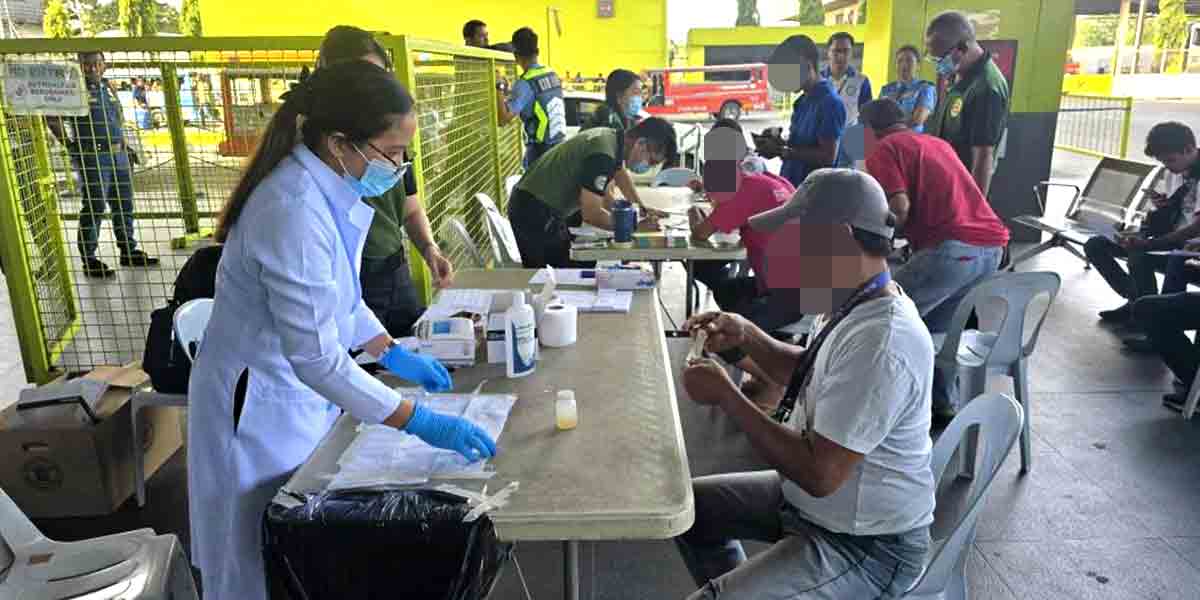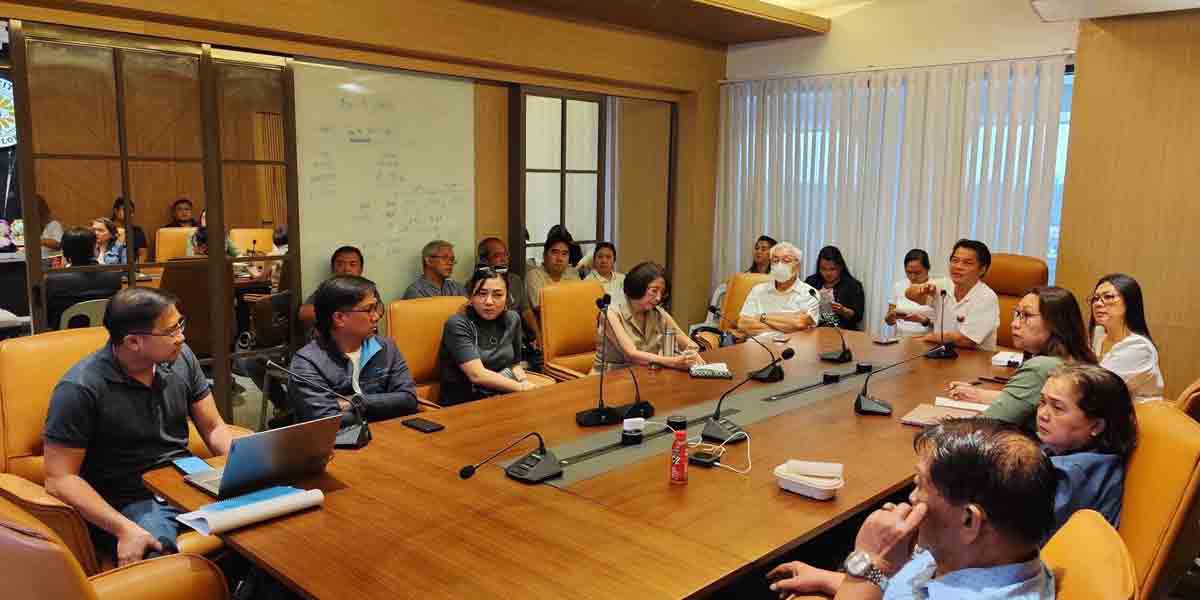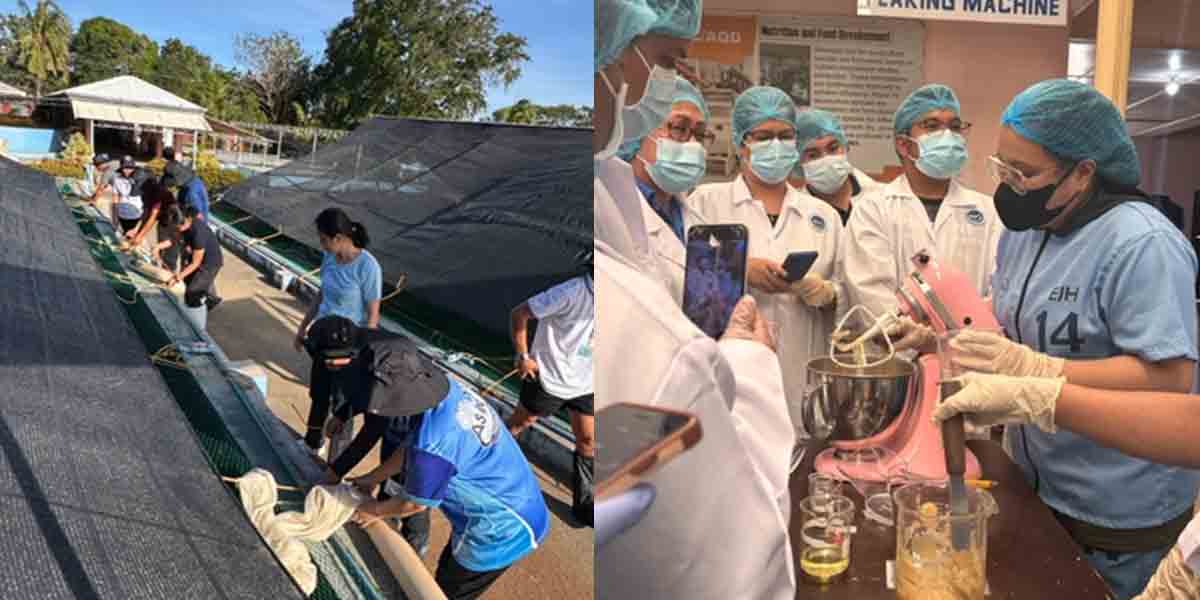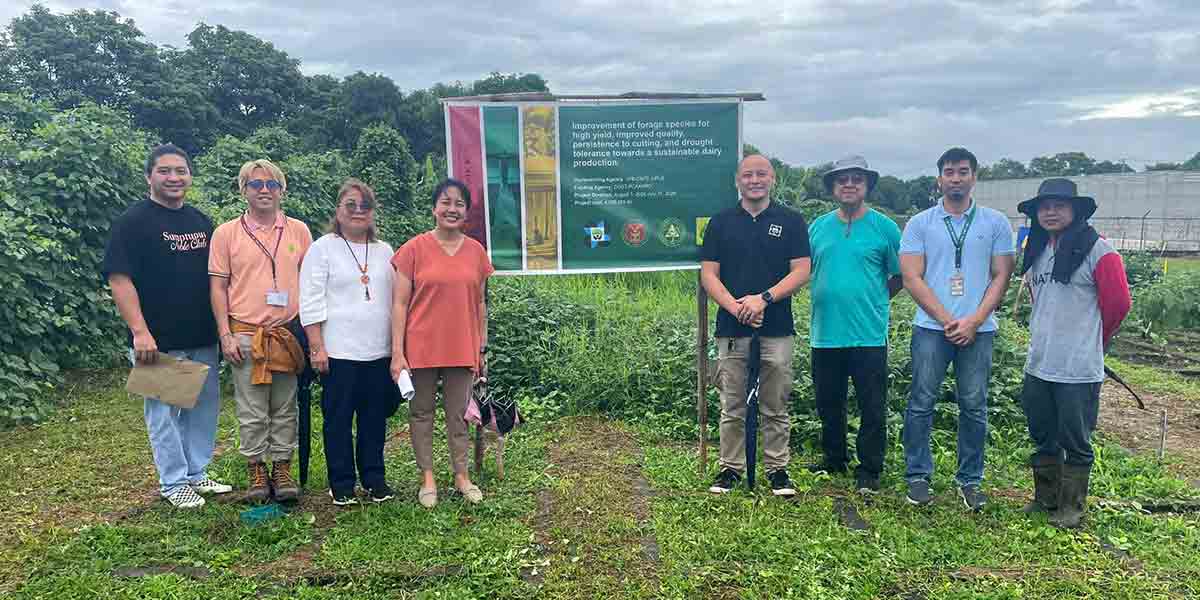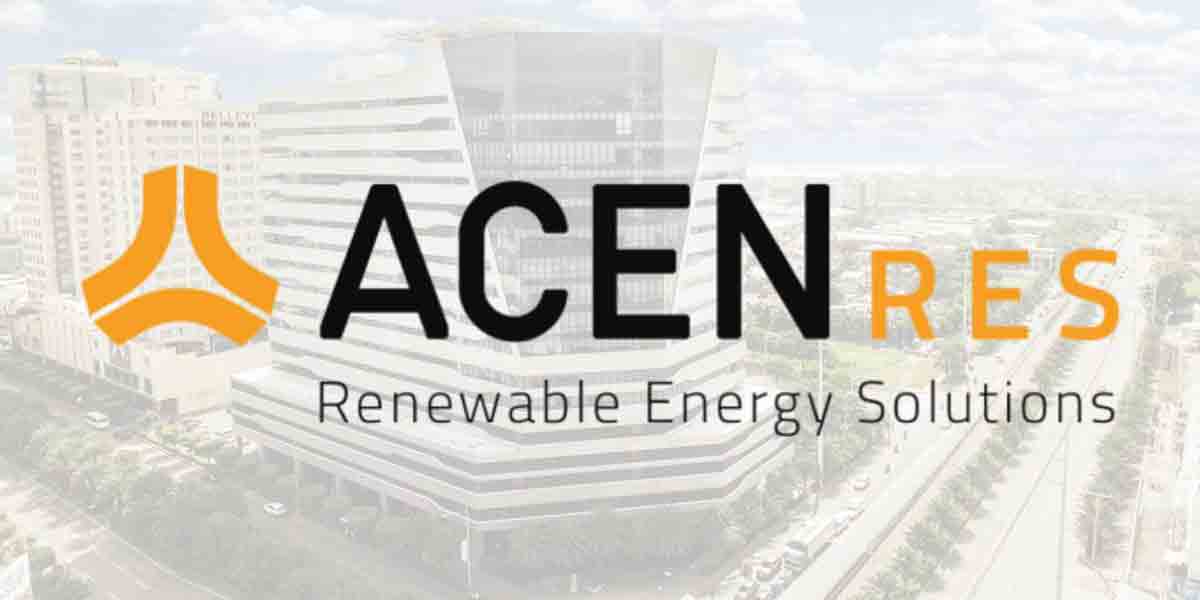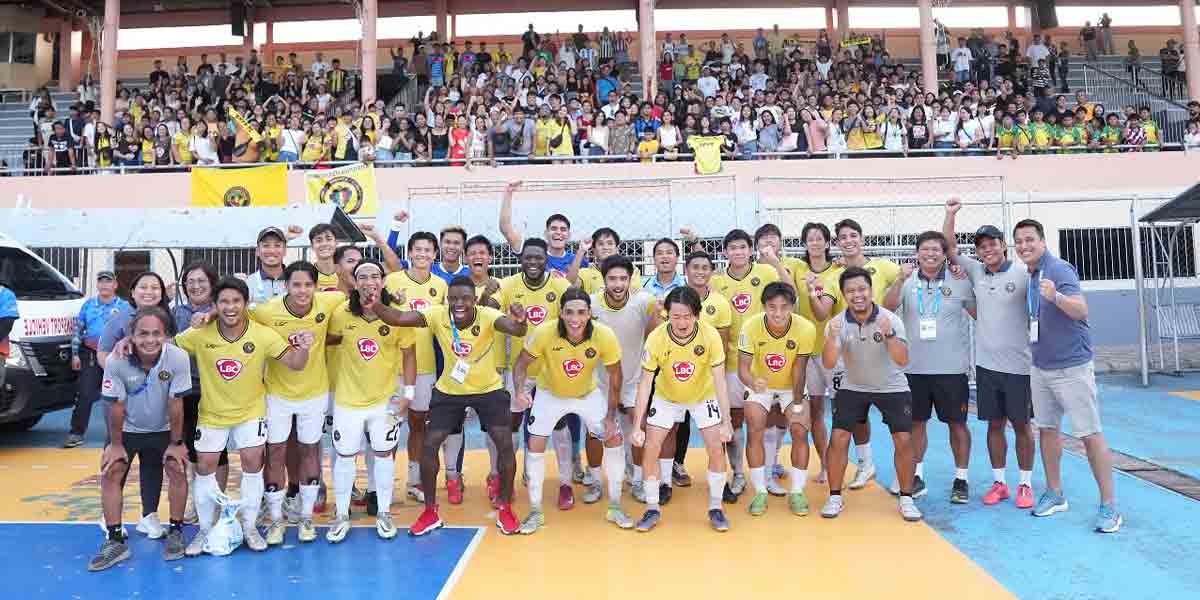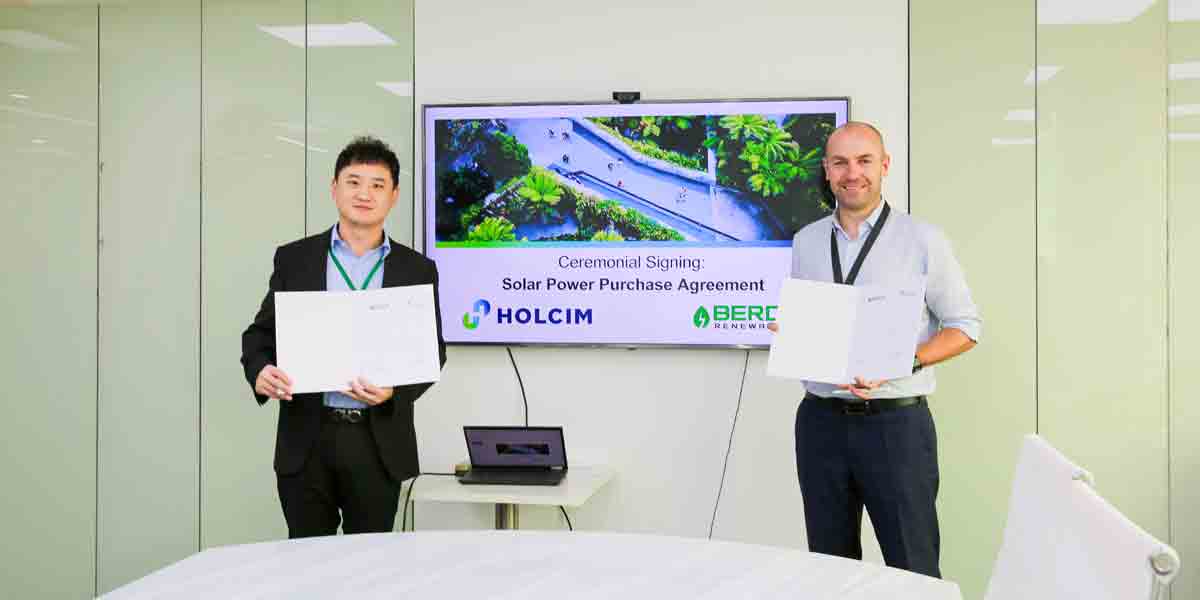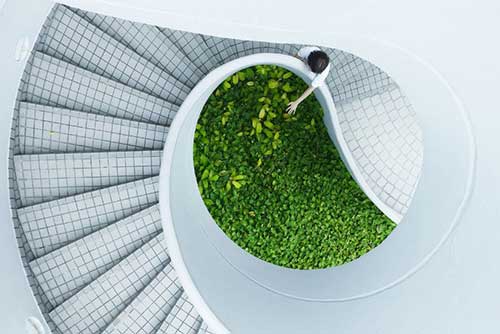
By Francis Allan L. Angelo
A significant uptick in construction activity is on the horizon in Southeast Asia, driven by substantial investments in public infrastructure projects and ambitious transportation initiatives.
The Southeast Asia construction market size revenue is projected to reach $538.5 billion in 2024, with an expected compound annual growth rate (CAGR) of more than 6% over the forecast period.
Amidst this shifting awareness, lean construction practices—emphasizing waste reduction and continuous improvement—are gaining traction. These practices offer a systematic approach to streamlining processes and optimizing resource utilization throughout the construction lifecycle.
Promising Economic Growth
According to the Philippine Statistics Authority (PSA), the construction sector significantly contributes to the nation’s GDP. In the third quarter of 2023, the sector contributed 14% to the overall 5.9% growth in GDP.
The government’s Build Better More program aims to further support this growth, projecting a 6% economic expansion in 2024.
Vitaly Berezka, regional spokesperson of construction and real estate management software developer PlanRadar, highlighted the multifaceted benefits of integrating lean principles into green construction practices.
“Firstly, it optimizes resource usage by streamlining processes and minimizing waste, thus reducing environmental impact,” he explained. “Secondly, these practices enhance regulatory compliance by ensuring adherence to environmental standards and requirements, fostering a positive relationship with regulatory authorities and elevating overall project quality.”
Waste Reduction and Continuous Improvement
Waste reduction is central to the success of lean green construction projects. Efficient material management and streamlined processes significantly lower environmental impact and reduce project costs.
Continuous improvement processes are essential for sustaining these benefits over time, fostering a culture of innovation and accountability.
“By minimizing waste through efficient material management and streamlined processes, construction teams can significantly reduce environmental impact and lower project costs,” Berezka said. “Continuous improvement processes ensure that waste reduction efforts are ongoing and adaptable to changing project needs, ultimately enhancing project efficiency and sustainability for the long term.”
Stakeholder Engagement and Education
Stakeholder education and engagement are crucial for the successful adoption of lean green construction practices. Effective communication strategies tailored to stakeholders’ specific interests and needs help garner support.
Berezka emphasized the importance of addressing concerns transparently and providing evidence-based explanations to build consensus.
“Collaborative problem-solving and active engagement can help alleviate doubts and pave the way for the smooth adoption of new construction methodologies,” Berezka noted.
Future of Sustainability in ASEAN
The future of sustainability in ASEAN looks promising with the adoption of lean green construction methodologies.
By integrating these practices, stakeholders can realize benefits such as improved efficiency, cost savings, and enhanced environmental stewardship. This shift towards sustainability reflects a growing recognition of the need to balance economic growth with environmental responsibility.
Over the next decade, a transformative shift in ASEAN’s construction landscape is anticipated, driven by increasing demand for sustainable development.
Metrics such as global sustainability certification, green building ratings, and life cycle assessments will be essential in measuring the success of these initiatives.
Strategic Alliances and Government Support
Strategic alliances are vital for advancing sustainable construction. Effective partnerships characterized by clear objectives and shared values provide a platform for collaboration and innovation. Governments play a crucial role in facilitating these alliances through policy frameworks, incentives, and capacity-building initiatives.
Economic Impact and Growth
The projected $538.5 billion Southeast Asia construction market by 2024 underscores the significant economic impact of sustainable practices.
Lean green construction methodologies will be instrumental in achieving this growth, optimizing processes, and minimizing waste. This growth is expected to drive demand for sustainable infrastructure, creating new opportunities for innovation and investment in the region.
PHL Government’s Build Better More Program
The Philippine government’s Build Better More program actively promotes lean construction and green building methodologies.
Emphasizing renewable energy sources and expanding public infrastructure, the program aligns with broader economic and environmental goals.
By investing in infrastructure development, the program aims to improve connectivity, accessibility, and mobility while reducing environmental impact.
“By promoting lean construction and green building methodologies, the program contributes to environmental goals by reducing carbon emissions, conserving natural resources, and enhancing the resilience of built environments,” Berezka explained.

